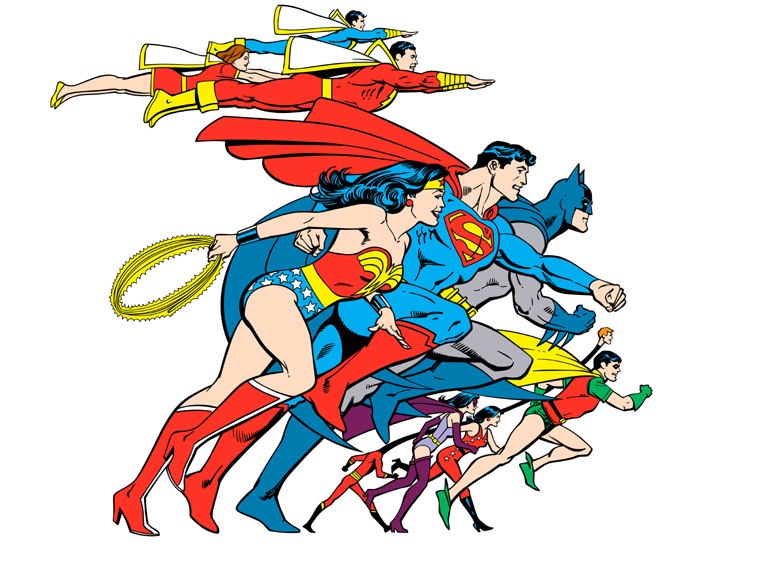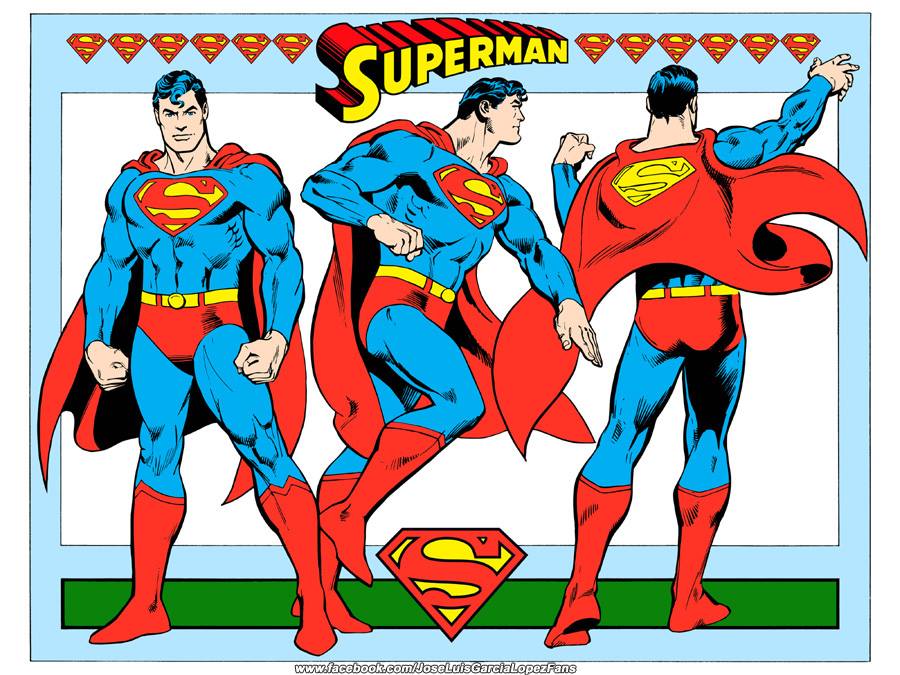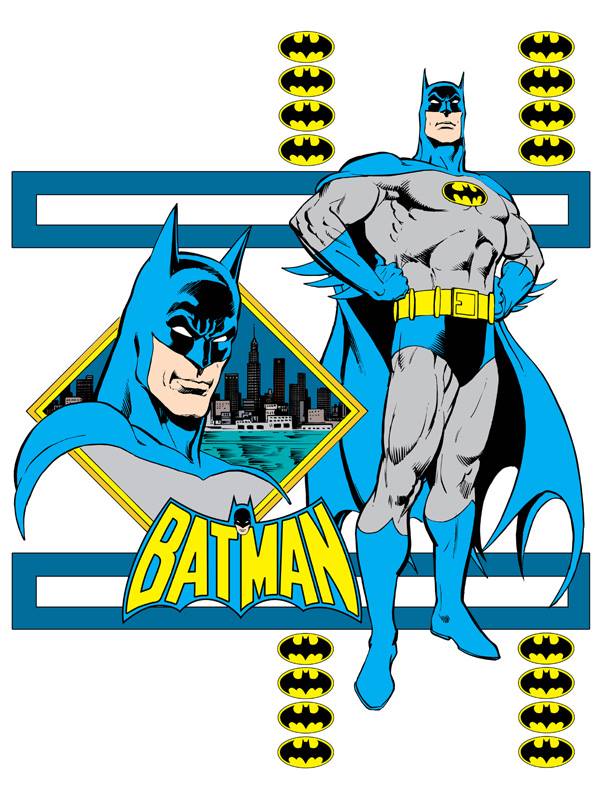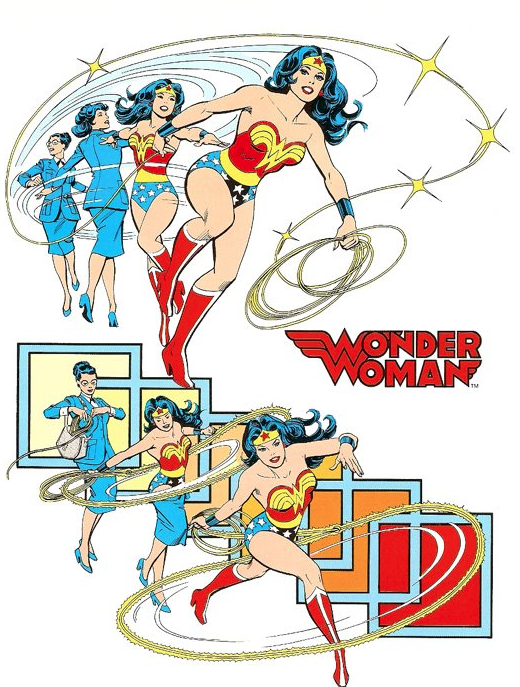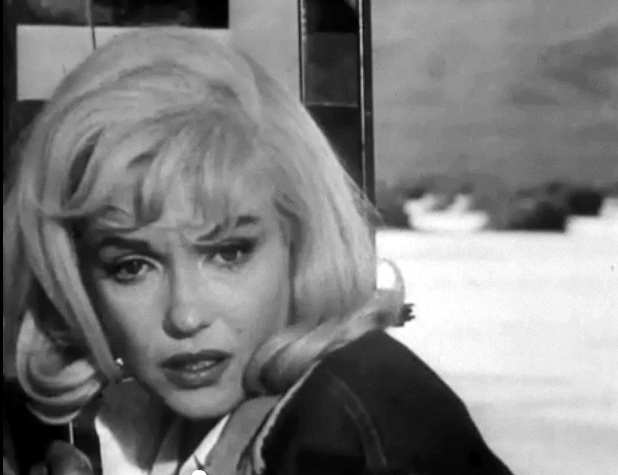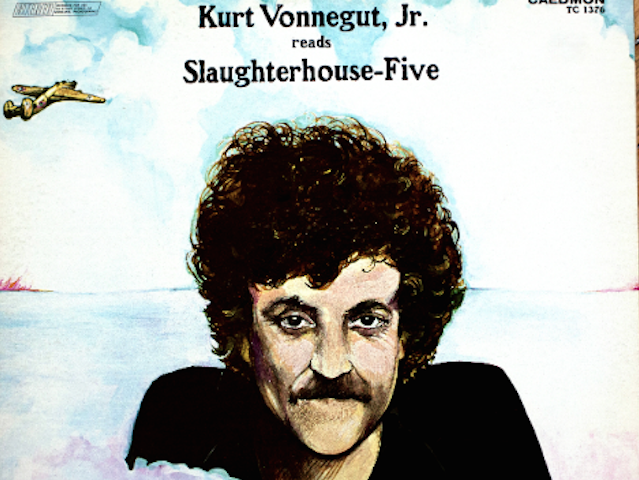I recall with uncharacteristic clarity the first time I heard the B‑52s. Forced on a youth-group ski trip by my parents, I arrived an angry thirteen-year-old wanna-be punk: mohawk, ripped jeans, patched leather jacket, disaffected scowl, and feigned air of adolescent cynical world-weariness. Pop music, I had already decided, was for suckers. The only sounds that spoke to me were loud, abrasive, and deliberately unlovely. Then someone in our dorm put on “Rock Lobster” and it blew my narrow mind. Though the ostensible purpose of this church-sponsored vacation was to stir up some Protestant piety, I came away converted instead to the gospel of new wave. I credit my awakening to Kate Pierson’s otherworldly wail, Cindy Wilson’s throaty harmonies, and Ricky Wilson’s bizarrely tuned guitar.
Maybe it wasn’t quite that dramatic, but it was a decisive moment in my young fandom, after which I found myself seeking out the odd, angular, jangly sounds I’d first heard on that B‑52s record—and finding them in Johnny Marr’s Smiths guitar work, every early R.E.M. album, and in more morose form, in The Cure, Psychedelic Furs, and countless mopey British post-punks. What surprised me at the time was learning how many of these bands arrived on the scene at the same time as the nastier, grittier bands that scored my angst-ridden entry into callow teenage-hood. We’re familiar with the story of new wave bands like Talking Heads and Television’s beginnings at CBGB’s. But around that same time, in 1976, Georgia’s B‑52s got their start in the college town of Athens. As one interviewee says—in the above short documentary on the Southern art-rock scene that also birthed R.E.M.—“the B‑52s started the music scene as we think of it.”
Taking their sound from surf rock, 50s doo-wop and girl group harmonies, and a weirdness that is Athens’ own, the B‑52s carved out a space for themselves within music that had something in common with the Ramones except it was hyper-colorful, thrift-store kitschy, and unapologetically campy. Their warped take on 50s and 60s dance rock—complete with Pierson and Wilson’s “B‑52” beehives—first broke out with “Rock Lobster” (a song John Lennon once credited with influencing his comeback). You can see them open with the song at the top in 1978 at Atlanta’s Downtown Cafe, just prior to the release of their debut album. (Stick around to watch the rest of the 28-minute set.) Fred Schneider, the band’s wry, flamboyant frontman, introduces each band member with a series of quirky pseudonyms. Above, they do my personal favorite, “52 Girls”—with its pounding tom-tom surf rhythms and sung-shouted lyrics about “The principal girls of the USA.” Just below catch another early gig from 1980, at New Jersey’s Capitol Theater.
The B‑52s plugged along through the 80s—suffered the loss of Ricky Wilson to AIDS—then hit it very big on the pop charts with “Love Shack” and “Roam” from 1989’s Cosmic Thing. For my money, though, nothing beats the glorious joyfulness of their debut, which sounds like the most fun any band has ever had making a record together.
Though the band has always been a highly collaborative ensemble, Kate Pierson’s huge voice came to shape their sound over the years. She would go on to record the torch song “Candy” with Iggy Pop and the ridiculous, love-it-or-hate-it “Shiny Happy People” with her hometown peers R.E.M. Now, at 67, she’s putting out her first solo album, Guitars and Microphones. Listen to the super-catchy title track above, and hear an interview with Pierson on NPR here and another on WBEZ’s Sound Opinions here. For more on the B‑52s early years, see retrospectives on Dangerous Minds and Pitchfork. You owe it to yourself to get to know this band. They may not change your life like they did mine, but they might just expand your understanding of pop music’s possibilities.
Related Content:
Watch the Talking Heads Play a Vintage Concert in Syracuse (1978)
The Ramones in Their Heyday, Filmed “Live at CBGB,” 1977
Blondie Plays CBGB in the Mid-70s in Two Vintage Clips
Josh Jones is a writer and musician based in Durham, NC. Follow him at @jdmagness
